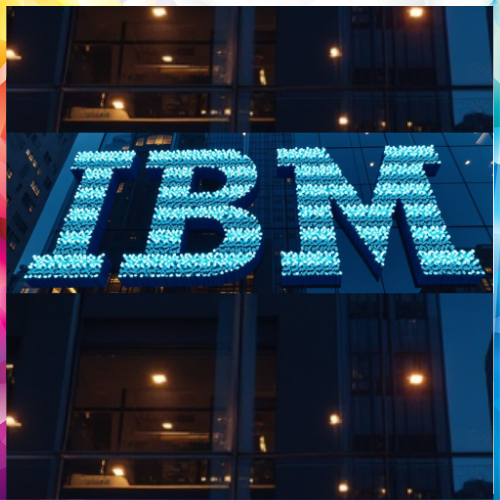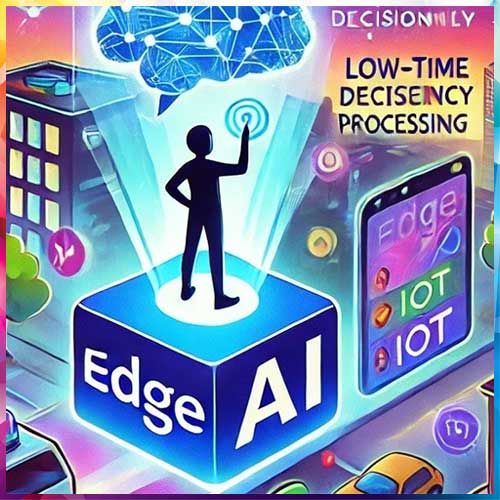
As organizations evolve their IT infrastructure, two primary approaches emerge: cloud adoption and cloud-native design. “Driving in the cloud” represents the adoption or migration of traditional, on-premises systems to cloud platforms like AWS, Azure, or Google Cloud. This often includes using SaaS tools such as Google Drive or Office 365. In contrast, “born in the cloud” refers to businesses or applications that originate in the cloud, built entirely on cloud-native technologies from inception, like Netflix or Slack.
Cloud adoption is commonly seen in organizations with existing IT infrastructure. It involves transitioning to cloud services while maintaining certain legacy systems, often resulting in hybrid cloud environments. Techniques like “lift-and-shift” are prevalent, where applications are moved to the cloud with minimal reconfiguration, allowing a phased and less disruptive transformation.
Cloud-native systems are engineered specifically for the cloud. They leverage technologies like Kubernetes, Docker, microservices, and serverless architectures to create flexible, scalable, and resilient systems. These applications often utilize DevOps practices and CI/CD pipelines, allowing for faster development cycles and more frequent releases.
For many organizations, especially those with long-standing operations, cloud adoption provides a balance between modernization and stability. It allows gradual migration, preserving existing investments while gaining access to scalable infrastructure and cost efficiencies without a full system overhaul.
Cloud-native applications offer unmatched agility, scalability, and global accessibility. With no legacy constraints, these systems are ideal for high-growth startups or digital-first enterprises looking for speed, flexibility, and real-time innovation.
Cloud adoption can involve complex integration and may result in inefficiencies if systems aren't re-engineered. On the other hand, cloud-native development requires significant expertise and may not align with regulatory or operational demands for on-premises control.
Organizations must evaluate their goals, resources, and legacy constraints when choosing a cloud path. While cloud adoption suits enterprises pursuing a phased transition, cloud-native strategies empower startups and innovators to move fast and scale effortlessly in the digital age.
See What’s Next in Tech With the Fast Forward Newsletter
Tweets From @varindiamag
Nothing to see here - yet
When they Tweet, their Tweets will show up here.





























